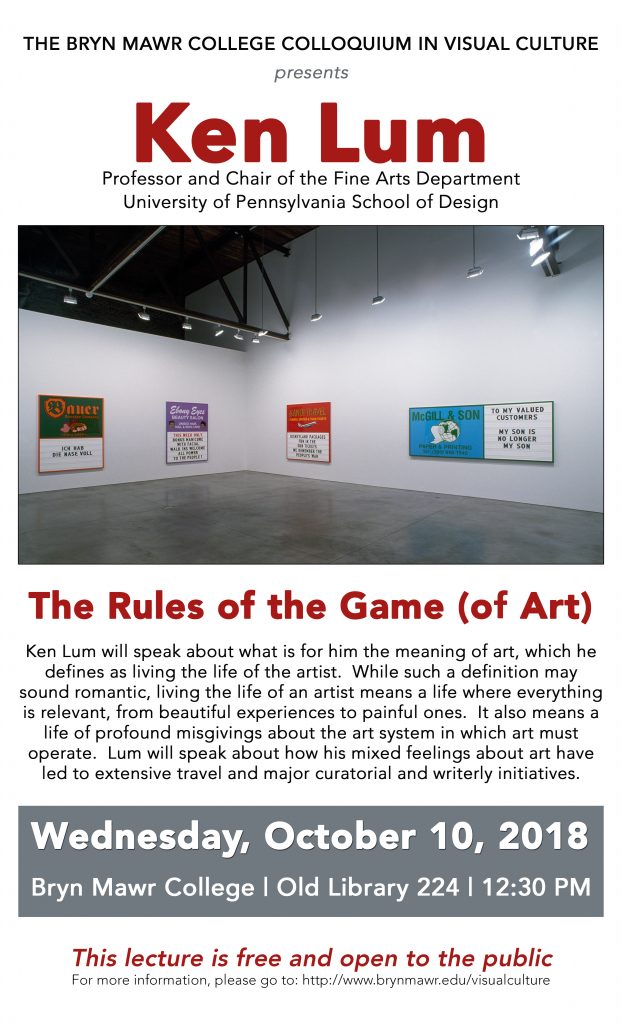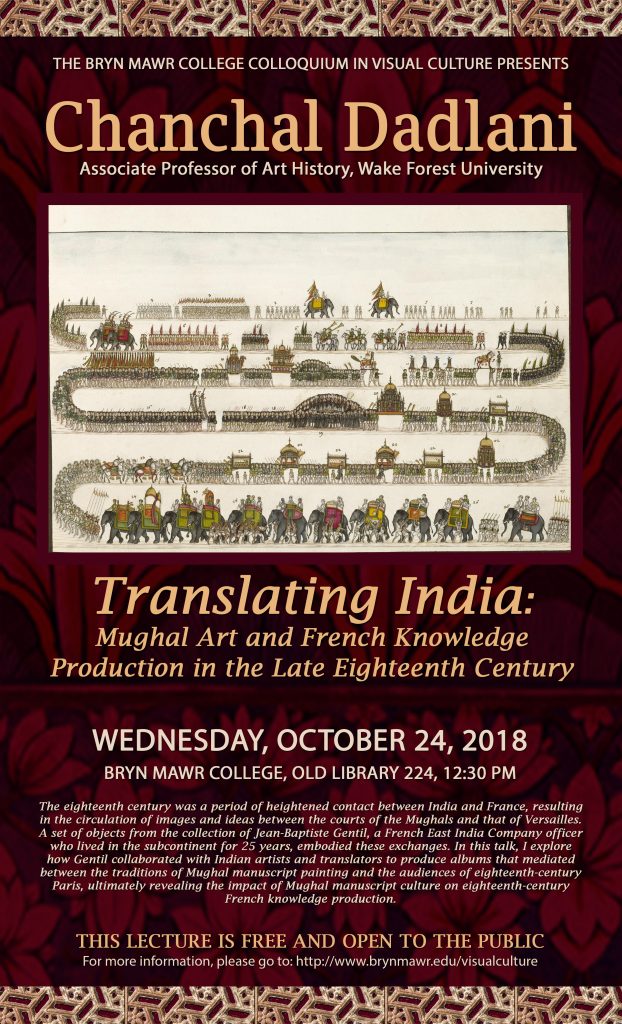Assistant Professor of the Arts of Africa and the Black Atlantic, Oberlin College
“Questions of Value and Bondage at a Hotel in London, March 1865”
In March of 1865, Dante Gabriel Rossetti encountered a child in the doorway of a London hotel. One year later, Rossetti presented that child as an androgynous, bejeweled, and servile rendering of blackness in his celebrated painting, “The Beloved”. This talk explores the implications of that encounter, and that rendering, for debates about the representation of enslavement and blackness in Rossetti’s own social circle, the wider Atlantic world in the 1860s, and among those who work with and against the troubled archive of Atlantic slavery.









